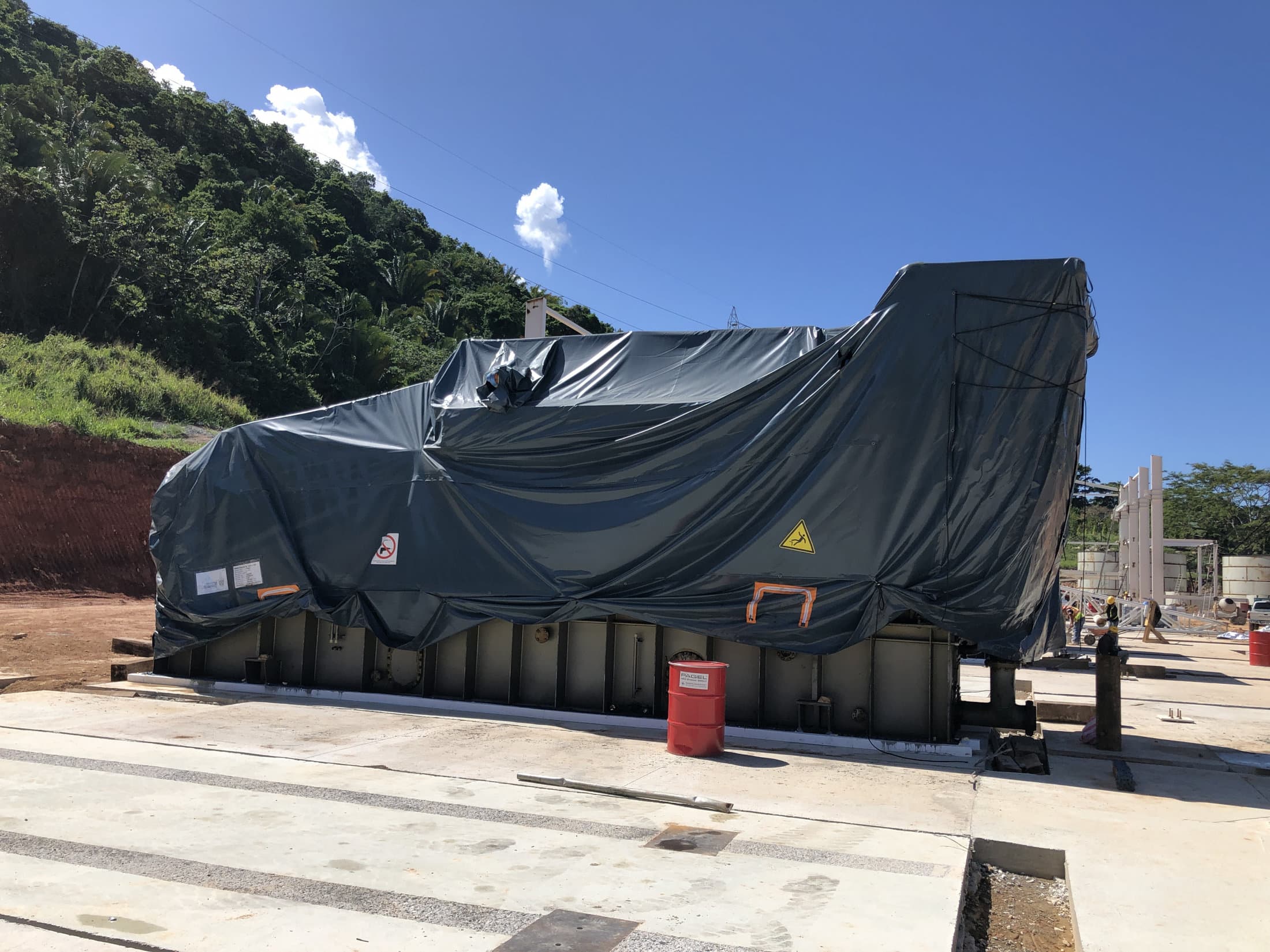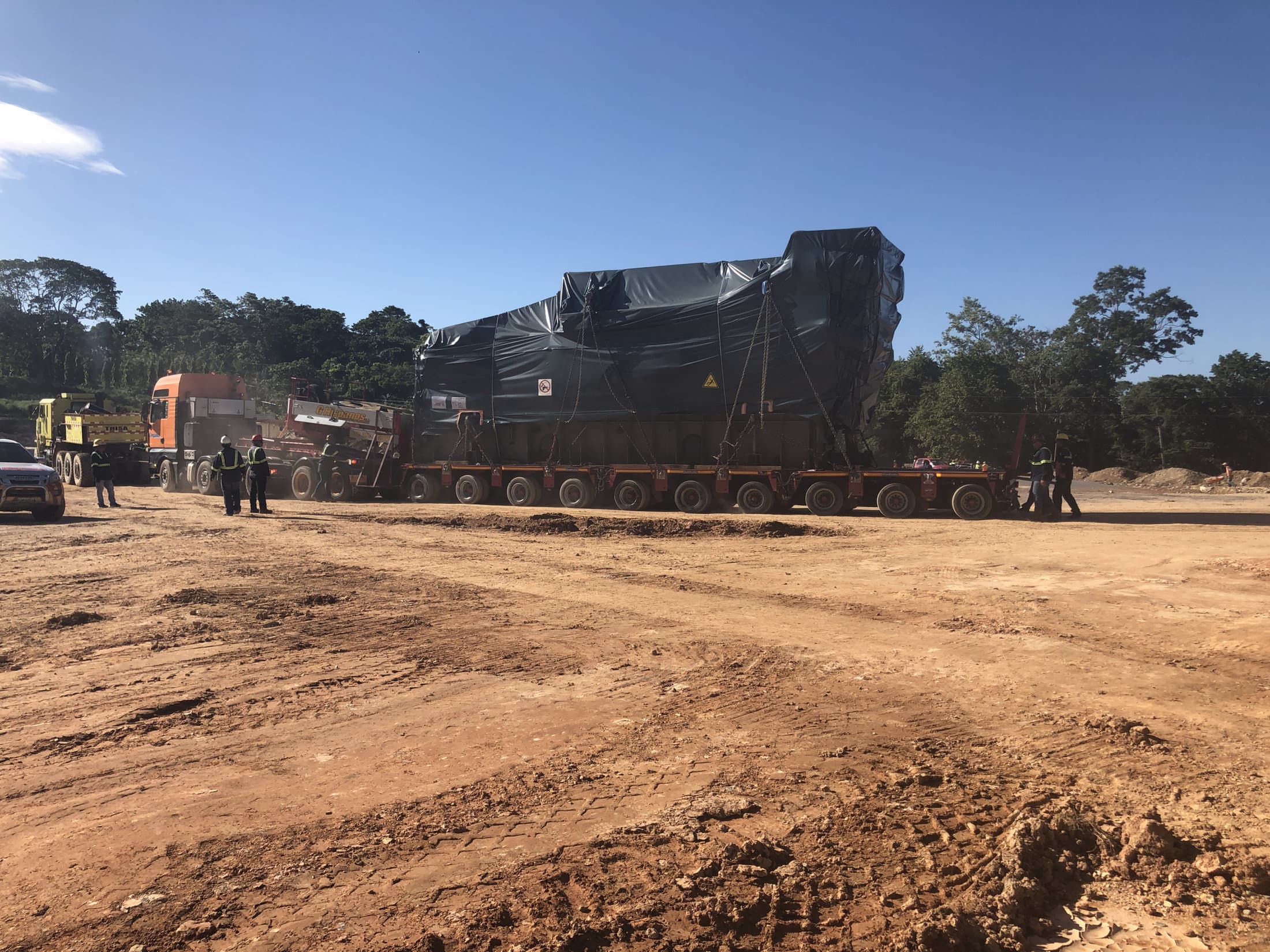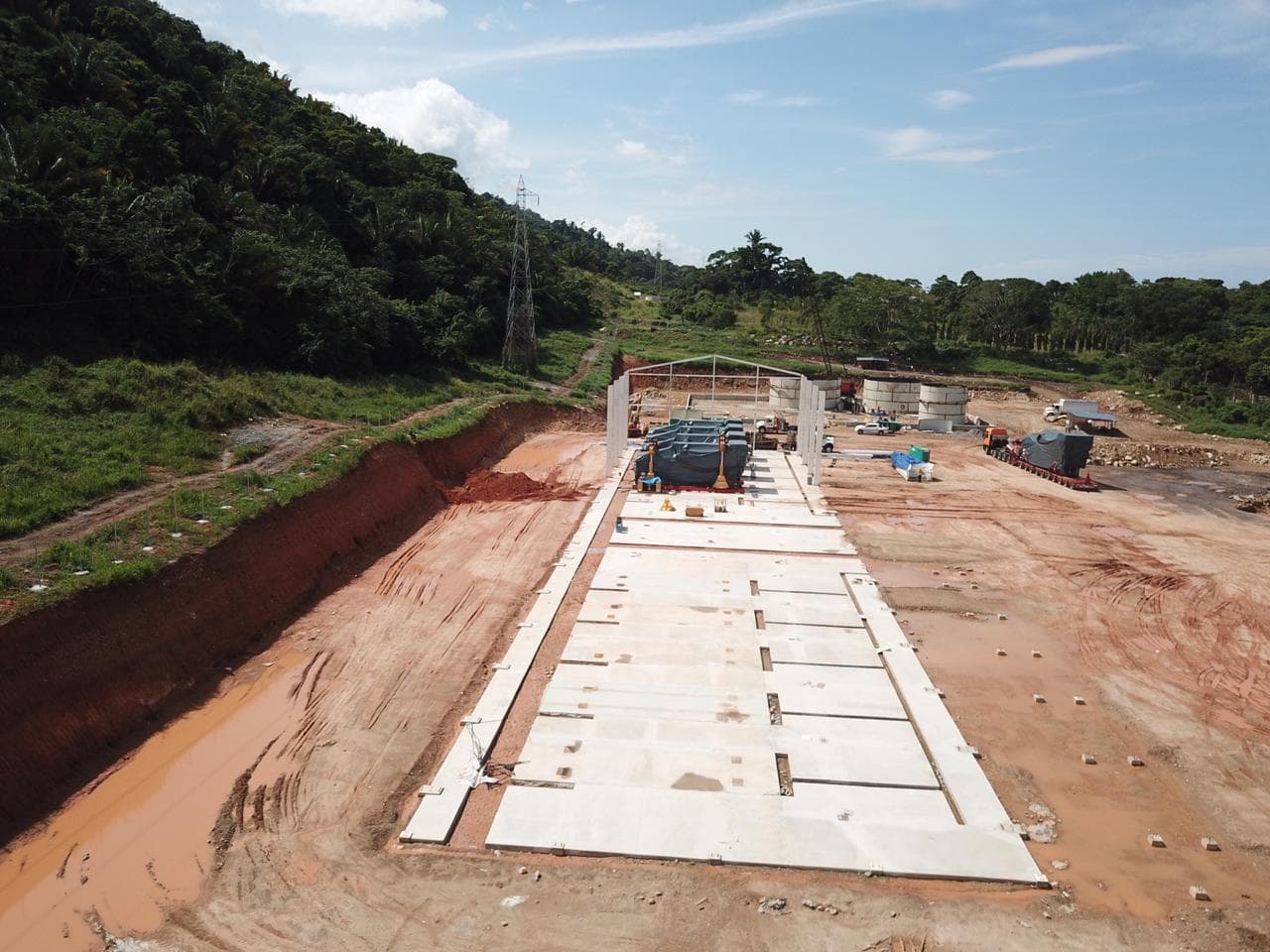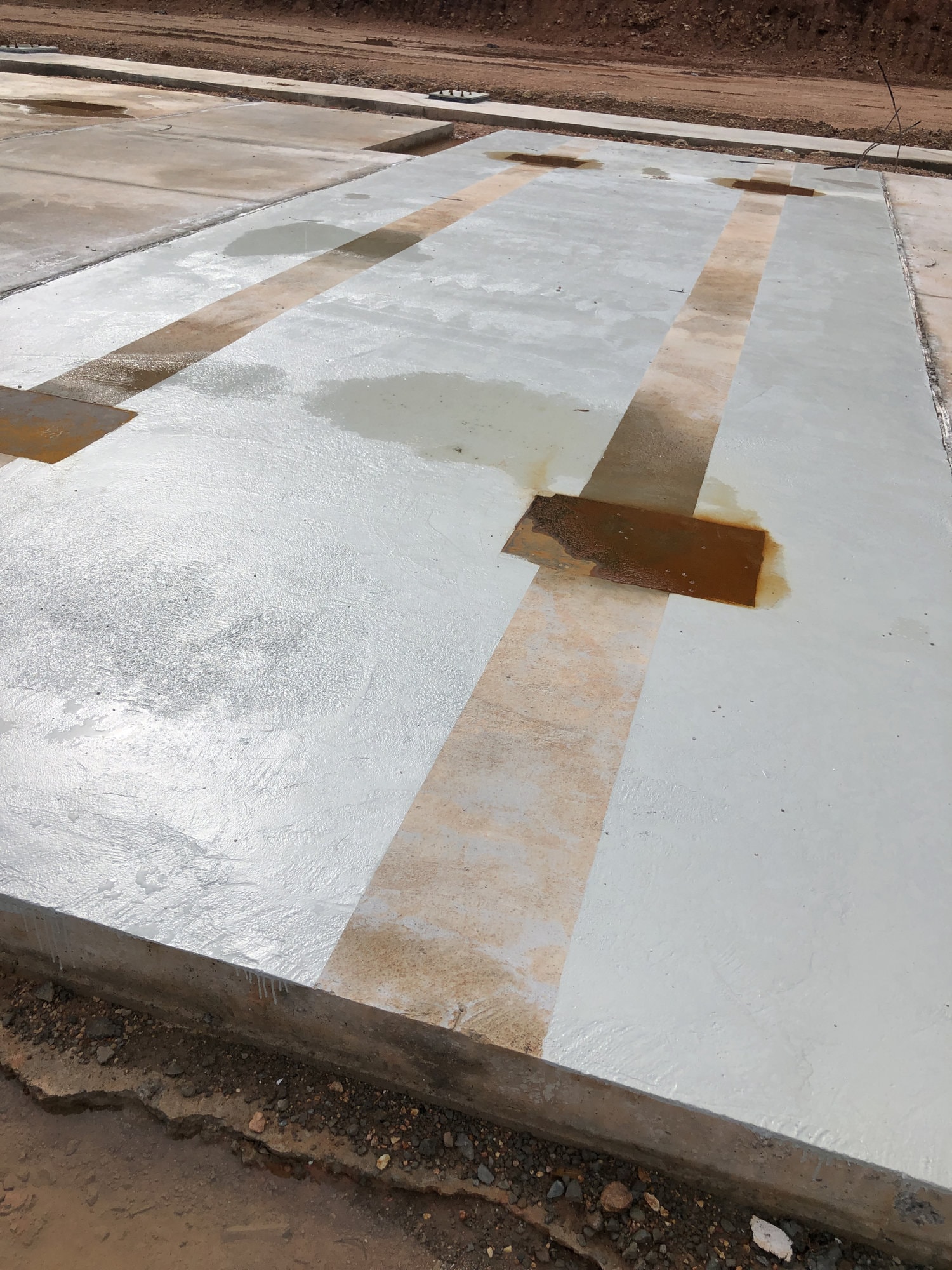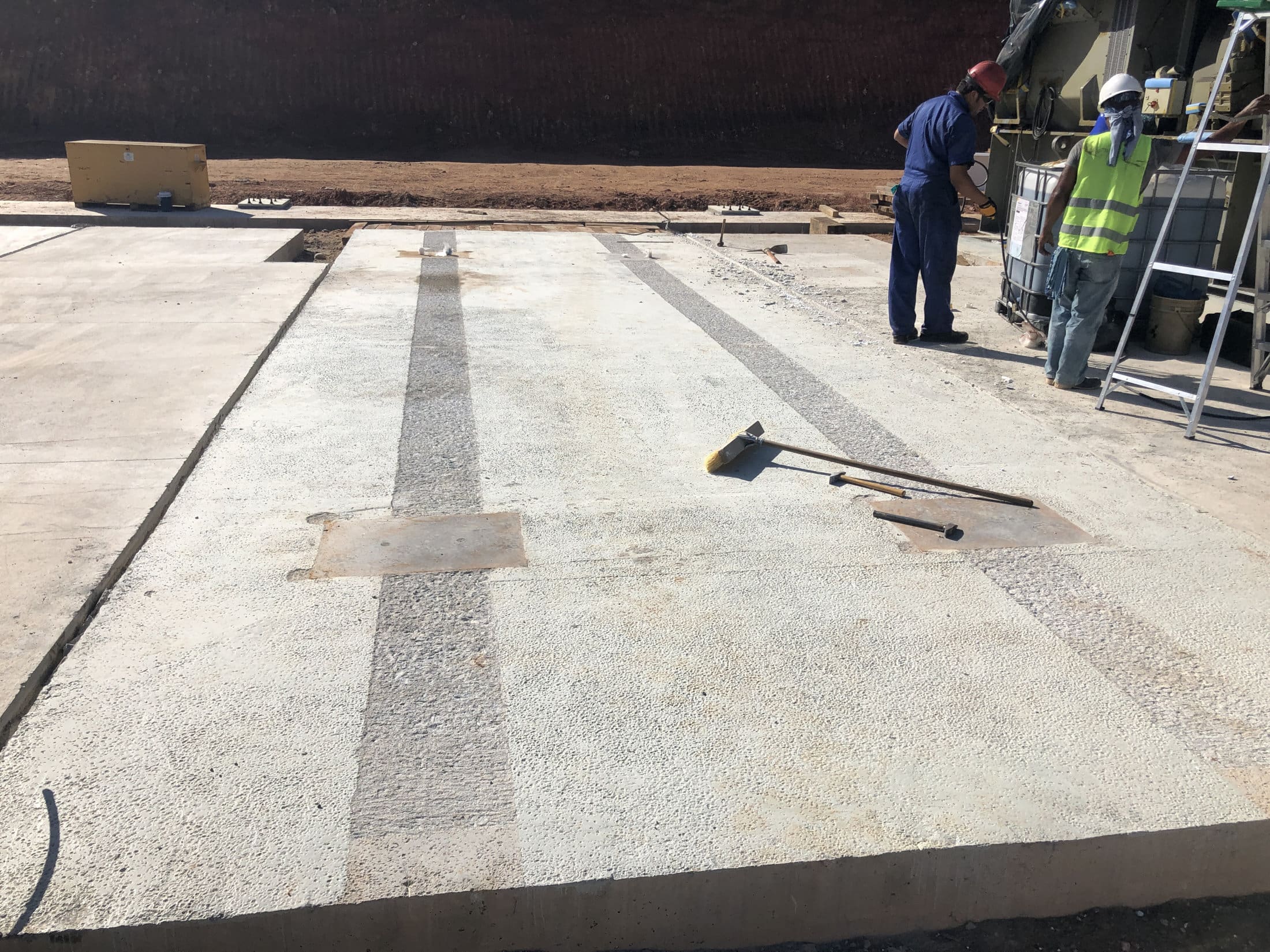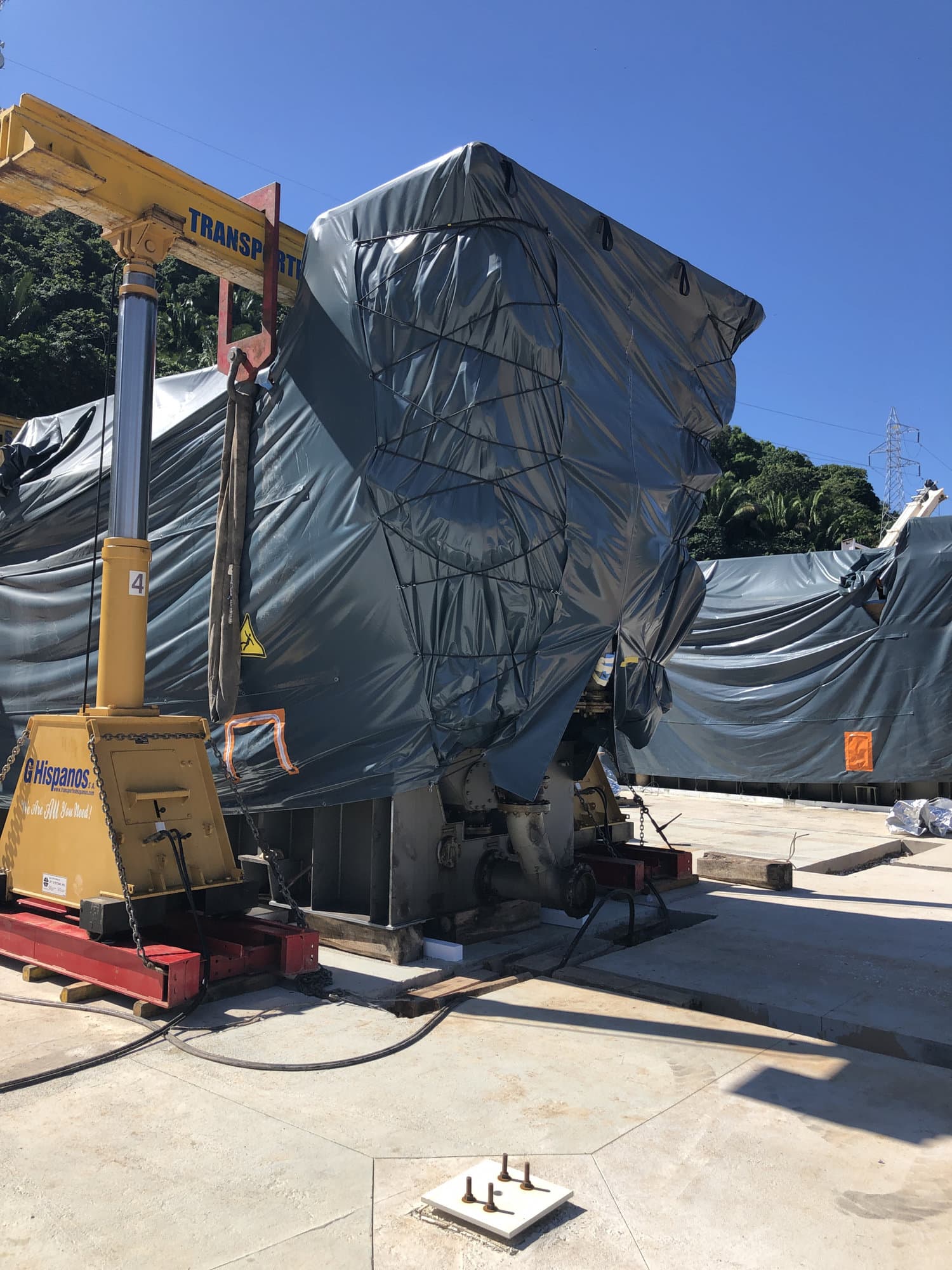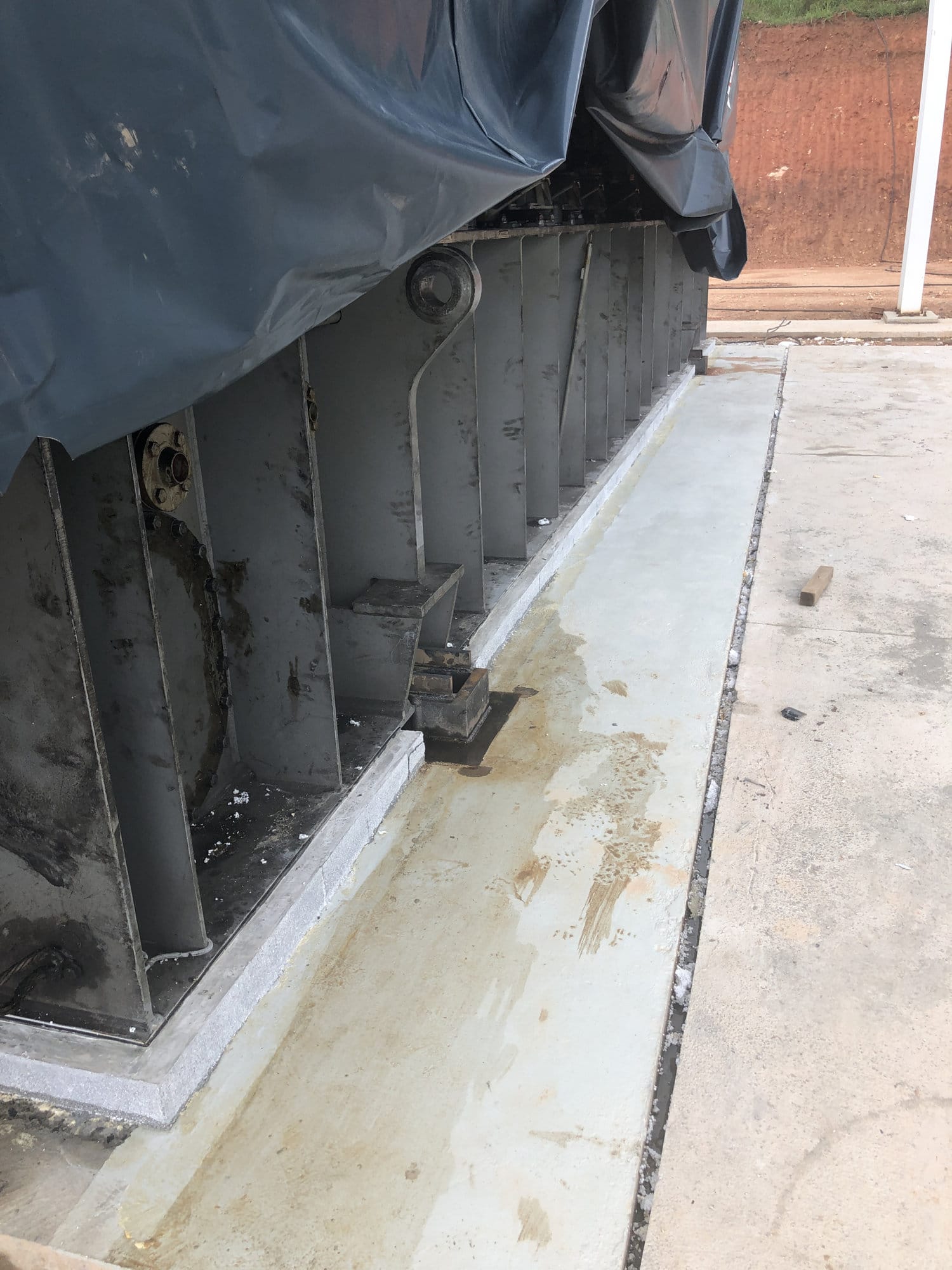SealteQ was approached by Goltens Rotterdam B.V. to provide guidance in the grouting of 10 MAN generators. The work was carried out by local personnel under the supervision of SealteQ. Once all the work is completed, the 10 MAN generators, each weighing 160,000 kilograms and supplied by MAN Energy Solutions, will be able to provide the city of La Ceiba in Honduras with 87 megawatts of electricity.
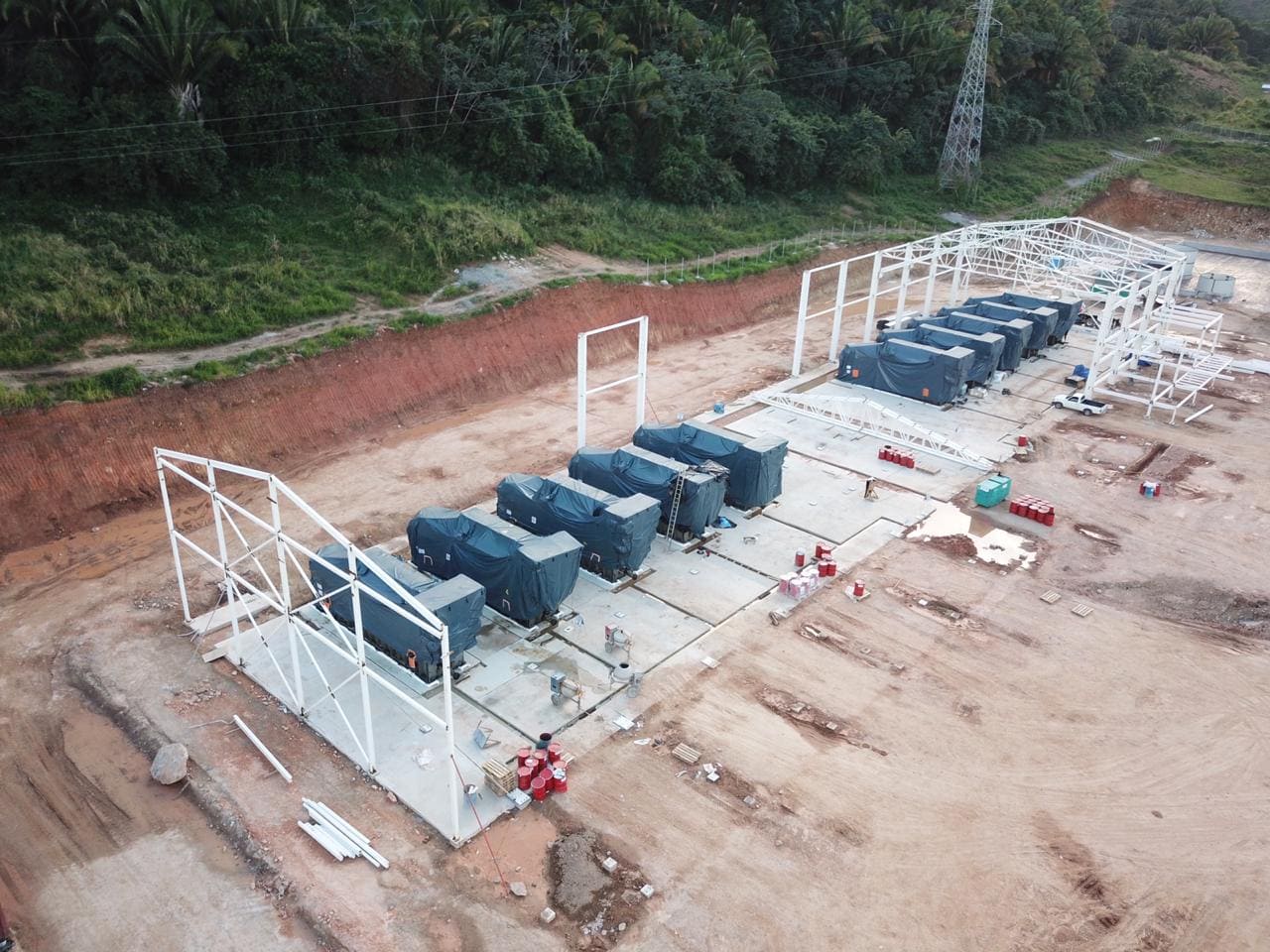
SealteQ provides supervision in undergrouting of 10-MAN generators in Honduras
Grouting of 10 MAN generators
The guidance provided by SealteQ mainly consists of advising and assisting in the pouring of a shrink-resistant cement mortar. Before the shrink-resistant cement mortar could be poured, the concrete foundation was first roughened to ensure good adhesion with the foundation. Subsequently, a polystyrene formwork was installed. After this, the MAN generators were placed on spindles with a maximum height deviation of 200th to 400th millimeters.
After placing the MAN generators, two concrete mixers were used simultaneously to achieve maximum efficiency while maintaining the quality of the shrink-resistant mortar. Due to the warm climate in Honduras, it is important to keep the mortar wet for several days after it has been poured into the formwork. By keeping it wet in combination with the warm weather, no shrinkage cracks can occur, allowing the shrink-resistant mortar to cure properly.
After curing, the formwork was removed and a final inspection of the mortar was conducted. Due to the high economic value, this is a precision task. SealteQ possesses the right expertise to guide Goltens in pouring the shrink-resistant cement mortar. The advice ranges from substrate preparation to formwork installation and finally to the grouting of the engines.
Life-extending Maintenance
SealteQ not only has a long reference list when it comes to grouting heavy installations in the oil and gas industry. SealteQ also has a long reference list in the field of sustainable maintenance and protection of concrete and steel for real estate, structures (bridges, aqueducts, etc.), and installations in all market sectors.
Specialties
Related markets
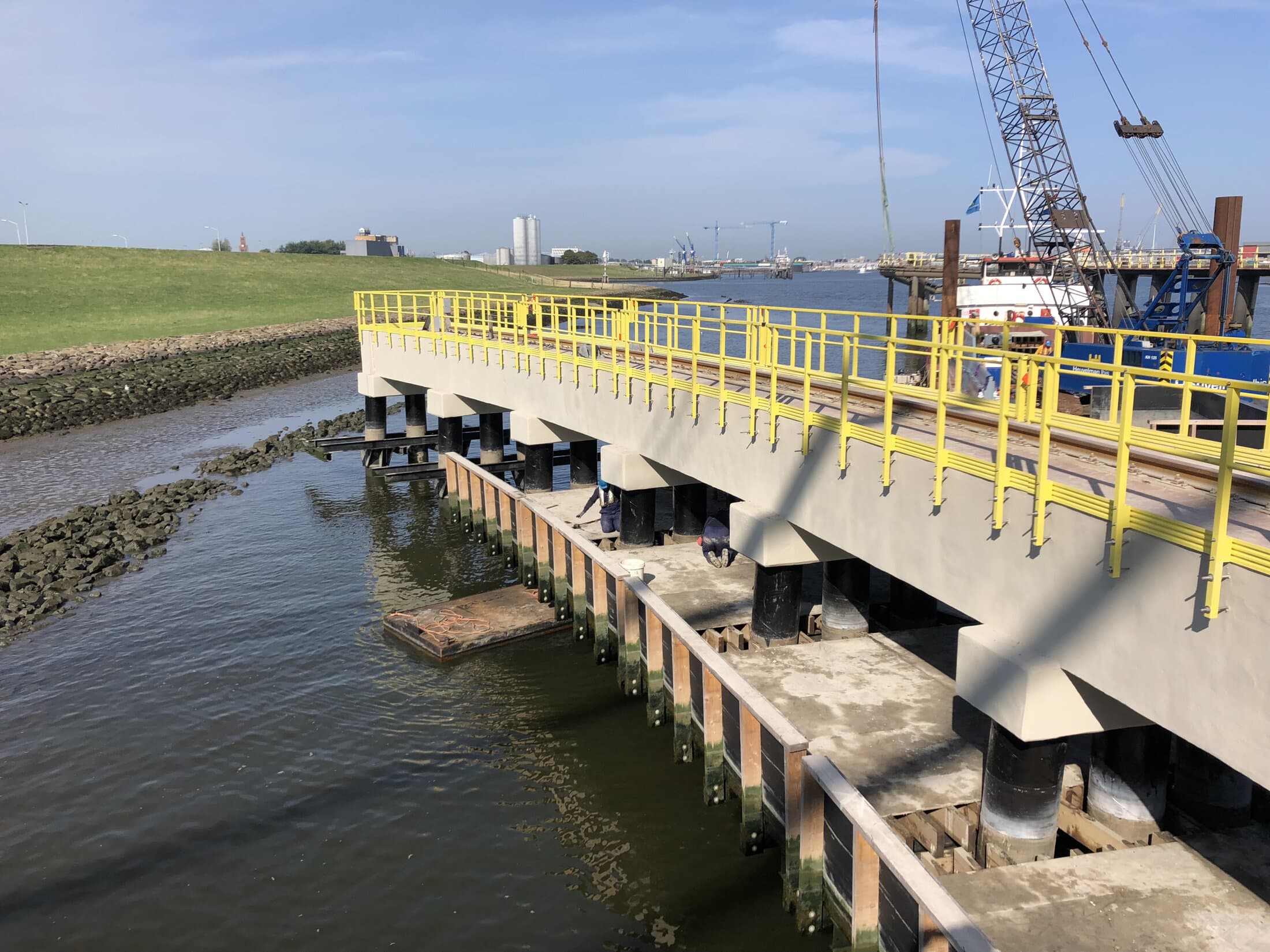
View the next project
Concrete renovation exterior shipper Nouryon Salt
Heuvelman Ibis and SealteQ join forces for the concrete renovation of the concrete arch of Nouryon Salt's (formerly Akzo Nobel Salt) external loader under the name HIS.


